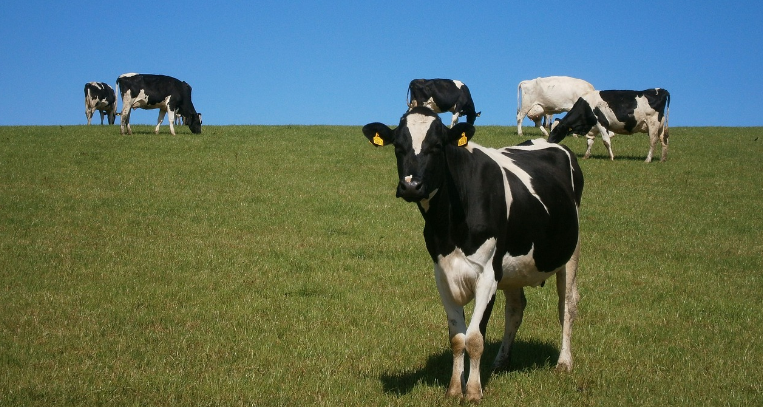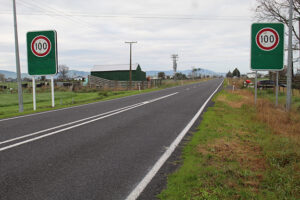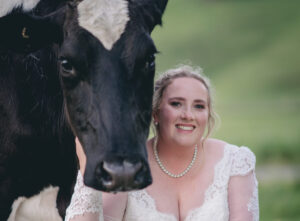Dairy sector production has held strong in the face of difficult climate conditions throughout the 2022/23 season.
The annual New Zealand Dairy Statistics report released today by DairyNZ and Livestock Improvement Corporation (LIC) shows an innovative dairy sector producing well, despite climatic challenges, inflationary pressures, and global supply chain issues.
In the 2022/23 season, milk production remained relatively stable with 20.7 billion litres of milk containing 1.87 billion kilograms of milksolids processed by dairy companies. This represented a 0.4 per cent decrease in litres produced, but a 0.3 per cent increase in kilograms of milksolids.
While milk production per cow increased, the trend of declining cow numbers continued with a 3.46 per cent decrease to 4.67 million cows.
DairyNZ chief executive Campbell Parker emphasises the good work farmers have done to manage conditions, including Cyclone Gabrielle and high on-farm costs, and the varying impacts these had on farm operations.
“New Zealand dairy farmers continue to focus on using technology information to milk efficiently, while managing their individual farm conditions,” says Mr Parker.
“These insights are driving better decisions, while a range of tools help improve herd sustainability and productivity.”

The season saw an increase in the percentage of cows herd tested, at 81.1 per cent of total cows tested (3.79 million cows, the highest percentage on record) while artificial breeding remained relatively stable at 3.81 million cows (82 per cent of cows).
LIC chief executive David Chin says the increase in individual cow milk production and uptake of herd improvement services demonstrates farmers’ sharpened focus on cow efficiency.
“Our sector is producing more milksolids from a smaller cow population, and this is testament to the great work of Kiwi dairy farmers.
“Despite a challenging season, farmers have continued to invest in solutions that support them to produce the most sustainable and efficient animals for their herd. The use of high genetic merit sires and record number of cows being herd tested is enabling farmers to breed highly efficient cows that produce more and have a lower emissions intensity profile.”
The average dairy co-operative payout (including dividends) from Fonterra and Tatua was $9.26 for the 2022/23 season, which is the second highest inflation adjusted payout for farmers on record.
New Zealand dairy farmers are resilient and accustomed to managing volatility, with the sector experiencing a drop in expected milk price for the 2023/24 season. The current Fonterra midpoint forecast sits at $7.50 per kg of milksolid.
Mr Parker says that dairy plays a large role in contributing to GDP and supporting the prosperity of local communities, as well as providing around 55,000 jobs nationwide. “While managing climatic conditions, dairy export revenue is expected to increase to $25.1 billion in for the 2022/23 season.
“We should all be proud of the dedication of the dairy sector and what is achieved even in difficult seasons as we continue to deliver economic growth for New Zealand.”




